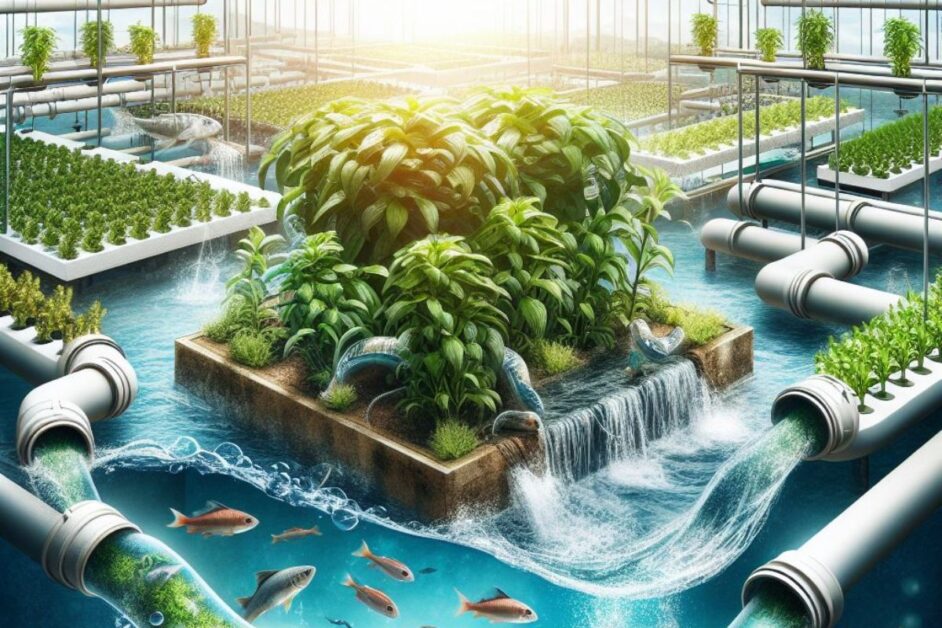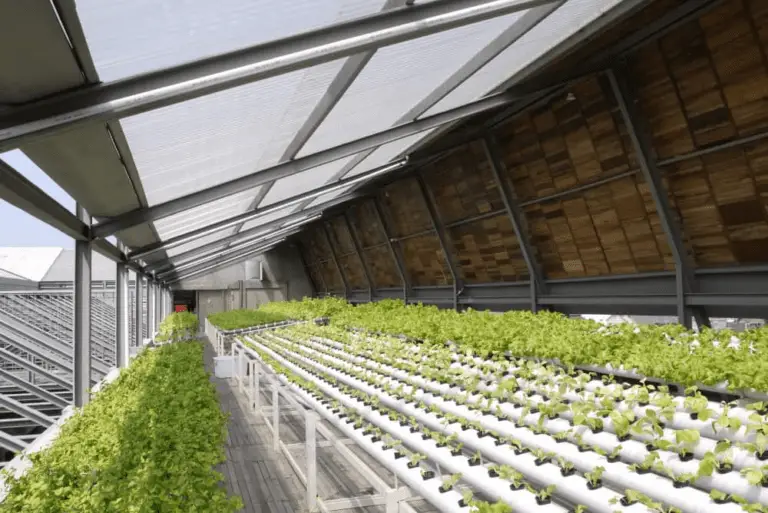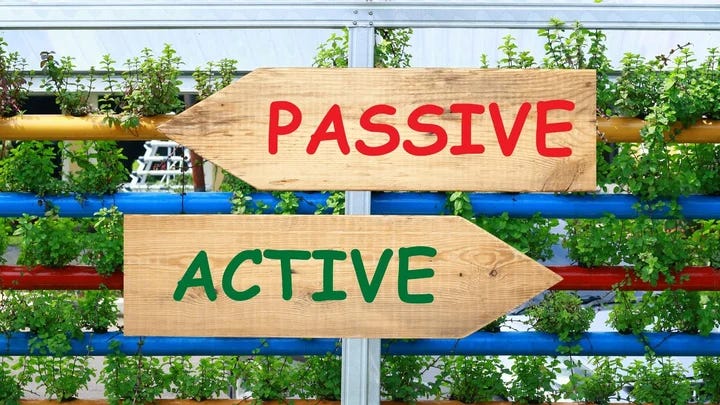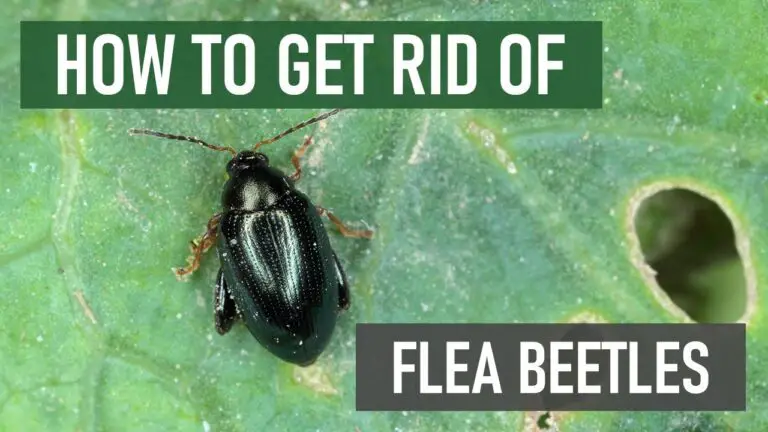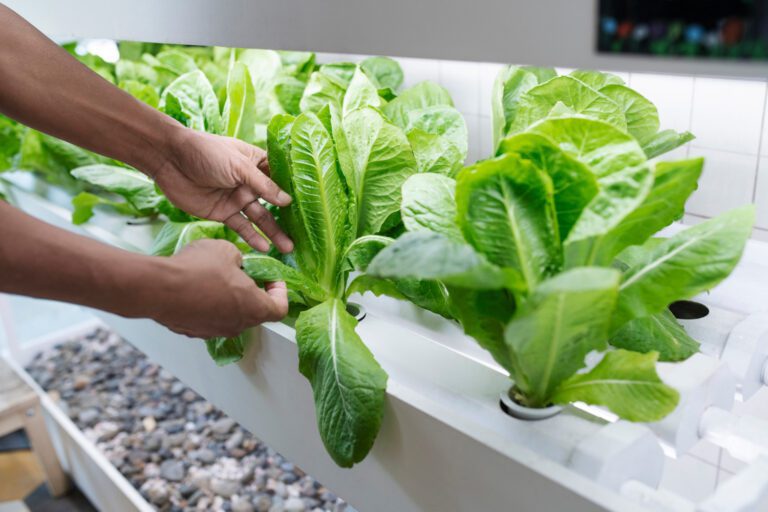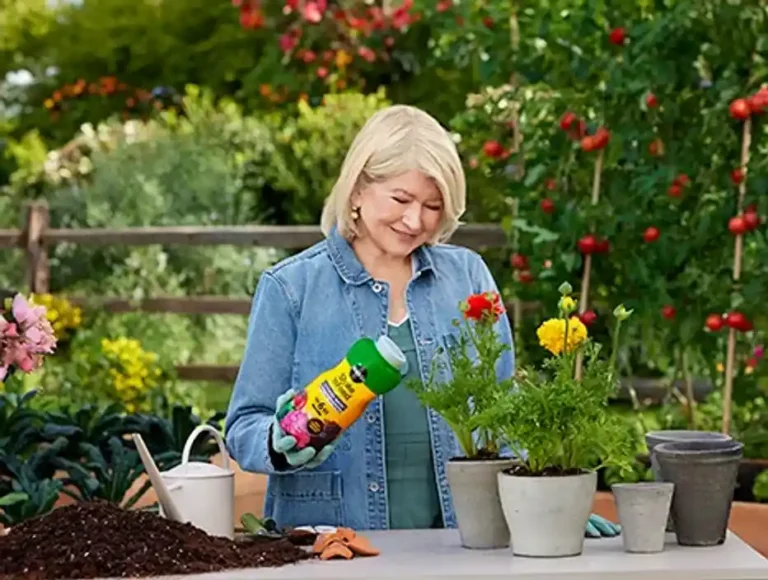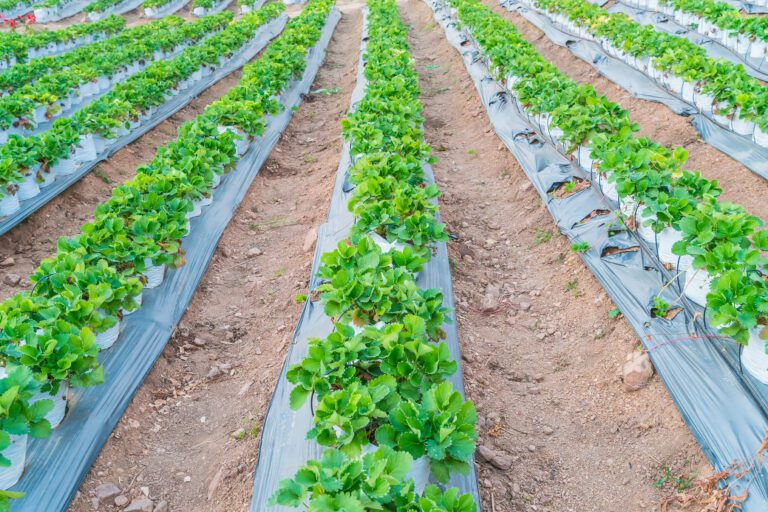How to Build an Aquaponics System: A Step-by-Step Guide to Creating a Sustainable and Productive System of Growing Plants and Fish Together
Table of Contents
Maintaining Water Quality in Your Aquaponics System: Strategies for monitoring and optimizing the health of your system
Maintaining water quality is crucial for the success of your aquaponics system. By monitoring and optimizing the health of your system, you can ensure the well-being of both your fish and plants.
Regular monitoring of water parameters such as pH, ammonia, nitrite, and nitrate levels is essential to keep your aquaponics system in balance. pH measures the acidity or alkalinity of the water and should ideally be maintained between 6.8 and 7.2 to support optimal nutrient availability for plants. Ammonia is a toxic compound produced by fish waste and should be kept at low levels (less than 0.5 parts per million) to prevent harm to the aquatic life. Nitrite, another toxic compound, is produced during the nitrogen cycle and should also be monitored and kept at low levels. Nitrate, on the other hand, is the end product of the nitrogen cycle and serves as a nutrient for plants. It should be maintained around 20-40 parts per million to support healthy plant growth.
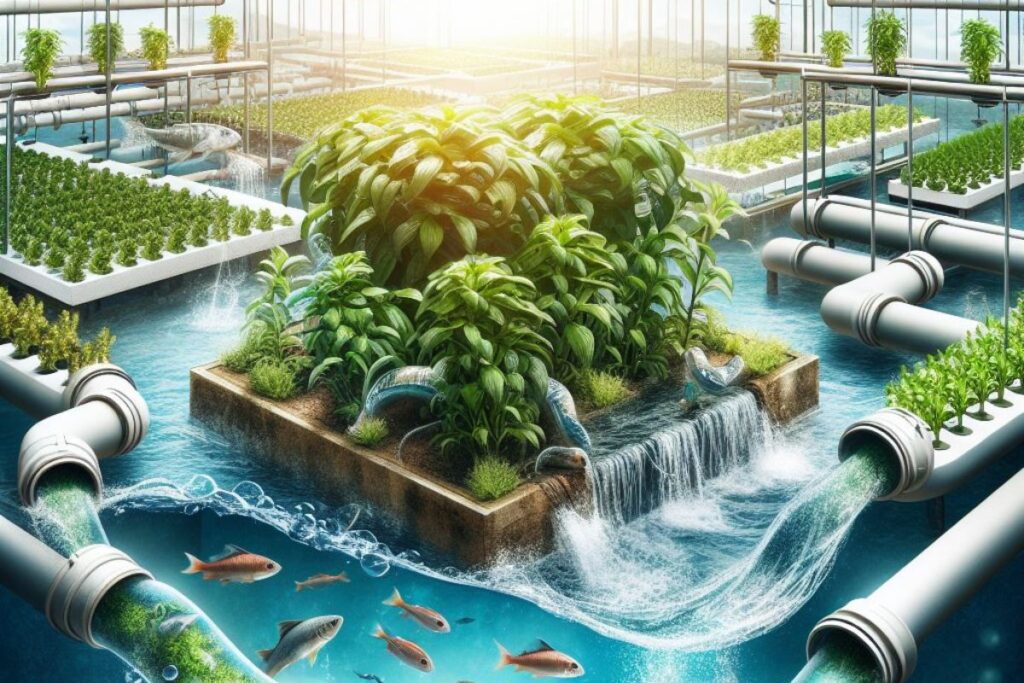
In addition to regular monitoring, optimizing water quality involves several strategies. First, maintaining proper filtration is crucial to remove solid waste and excess nutrients from the water. This can be achieved through mechanical filtration with the use of filters or settling tanks, as well as biological filtration where beneficial bacteria convert harmful compounds into less toxic forms. Proper oxygenation is also important to ensure sufficient oxygen levels for both fish and plant roots. This can be achieved through the use of air stones, diffusers, or surface agitation. Lastly, maintaining an appropriate stocking density (the number of fish per gallon of water) is vital to prevent overcrowding and minimize waste buildup. By implementing these strategies, you can create an optimal environment for your aquaponics system, promoting the health and productivity of your fish and plants.
Feeding Your Fish and Plants: Best practices for providing the necessary
Feeding your fish and plants in your aquaponics system is a critical aspect of maintaining a healthy and vibrant ecosystem. Proper feeding practices ensure that both your aquatic livestock and your plants receive the necessary nutrients they need to thrive.
When it comes to feeding your fish, it is important to provide a well-balanced diet that meets their nutritional requirements. Different species of fish may have varying dietary needs, so it is essential to research and understand the specific requirements of the fish you are keeping. Commercially available fish feeds are often formulated to meet the nutritional needs of specific species and can be a convenient option. However, it is important to read the labels and choose feeds that are free from additives and fillers, as these may negatively impact water quality. Additionally, feeding your fish small and frequent meals rather than large amounts at once can help prevent overfeeding and the accumulation of uneaten food in your system.
Just as fish require proper nutrition, so do the plants in your aquaponics system. In an aquaponics setup, plants obtain nutrients from the waste produced by the fish. This waste serves as a natural fertilizer, providing essential elements for plant growth. However, it is crucial to monitor nutrient levels in the system to ensure that plants are receiving the appropriate amount of nutrients. Testing the water regularly through pH and nutrient analysis can help you determine if any adjustments need to be made. Additionally, introducing supplemental plant nutrients in the form of liquid fertilizers or organic amendments can help provide a boost to plant growth and vitality. It’s important to follow the recommended dosage instructions for any additives to avoid overloading your system with excess nutrients.
By adhering to proper feeding practices for both your fish and plants, you can maintain a thriving aquaponics system that produces healthy, nutritious food while also ensuring the overall health and well-being of your aquatic livestock.
• Provide a well-balanced diet that meets the nutritional requirements of your fish.
• Research and understand the specific dietary needs of the fish species you are keeping.
• Choose commercially available fish feeds that are free from additives and fillers to maintain water quality.
• Feed your fish small and frequent meals to prevent overfeeding and accumulation of uneaten food.
• Monitor nutrient levels in the system regularly through pH and nutrient analysis.
• Adjust nutrient levels if necessary to ensure plants receive appropriate amounts of nutrients.
• Introduce supplemental plant nutrients such as liquid fertilizers or organic amendments for optimal plant growth.
• Follow recommended dosage instructions for any additives to avoid excess nutrient buildup.
How often should I feed my fish in an aquaponics system?
It is recommended to feed your fish small amounts of food multiple times a day, rather than one large feeding. This helps to avoid overfeeding and maintain water quality.
Can I use any type of fish food in my aquaponics system?
It is important to use high-quality fish food that is specifically designed for the type of fish you are keeping. Different fish species have different nutritional requirements, so make sure to choose the appropriate food.
Do I need to supplement the diet of my fish in an aquaponics system?
In most cases, fish in aquaponics systems receive sufficient nutrients from the fish food and the waste produced by the fish. However, depending on the fish species and the specific setup of your system, you may need to occasionally supplement their diet with additional nutrients.
How do I know if my fish are being overfed or underfed?
Overfeeding can lead to poor water quality and health problems for the fish, while underfeeding can result in stunted growth. Monitor the behavior and appearance of your fish to determine if they are being properly fed. Consult a professional or reference guides for specific signs of overfeeding or underfeeding for your fish species.
Can I use organic or homemade fish food in my aquaponics system?
While it is possible to use organic or homemade fish food, it is important to ensure that it meets the nutritional needs of your fish. Consult with aquaponics experts or professionals to determine the best options for your specific system and fish species.
Do I need to adjust the amount of fish food based on the growth stage of my plants?
Yes, the nutritional needs of plants may vary depending on their growth stage. It is recommended to adjust the amount of fish food and nutrient input accordingly to support optimal plant growth.
How can I prevent overfeeding in my aquaponics system?
To prevent overfeeding, carefully observe and monitor the fish while feeding, and only provide them with the amount of food they can consume within a few minutes. Avoid leaving excess food in the system, as it can contribute to poor water quality.
Can I use live food, such as insects or worms, to feed my fish in an aquaponics system?
Live food can be a beneficial addition to the diet of certain fish species. However, it is important to ensure that the live food is safe and free from any potential contaminants that could harm both the fish and the plants in your aquaponics system.
How should I handle feeding during the colder months when the fish are less active?
During colder months when fish may be less active, it is generally recommended to reduce the feeding frequency and amount. Monitor the fish closely and adjust the feeding schedule accordingly to avoid overfeeding during this period.
Can I use fish waste from another source as a substitute for fish food in my aquaponics system?
While fish waste can contribute to nutrient cycling in an aquaponics system, it is not recommended to solely rely on fish waste from another source as a substitute for proper fish food. Fish need a well-balanced and nutritionally complete diet to thrive in an aquaponics system.

Pallavi Gupta is a burgeoning writer at SouthElMonteHydroponics, blending her passion for data analysis with a keen interest in biotechnology. Currently pursuing a Bachelor’s in Biotechnology at Amity University, Pallavi delves into the intricacies of life sciences while gaining hands-on experience in the exciting world of data analysis. Her unique background provides a fresh perspective on hydroponic farming, as she explores the intersection of biotechnology and sustainable agriculture. Through her writing, Pallavi aims to bridge the gap between data-driven insights and innovative farming practices, inspiring others to harness technology for a greener future.

